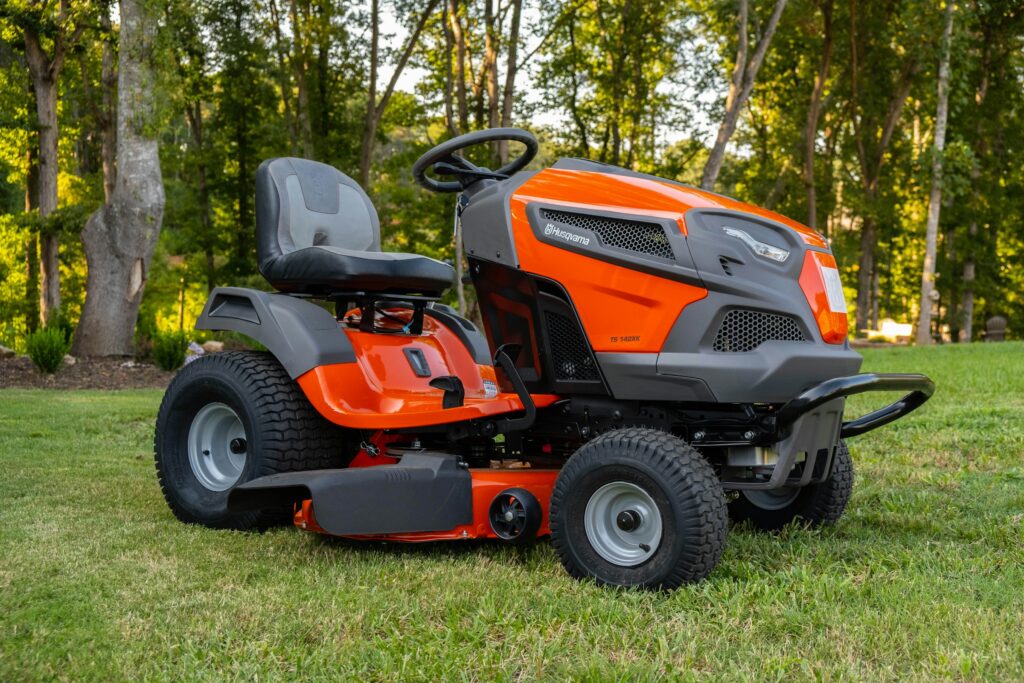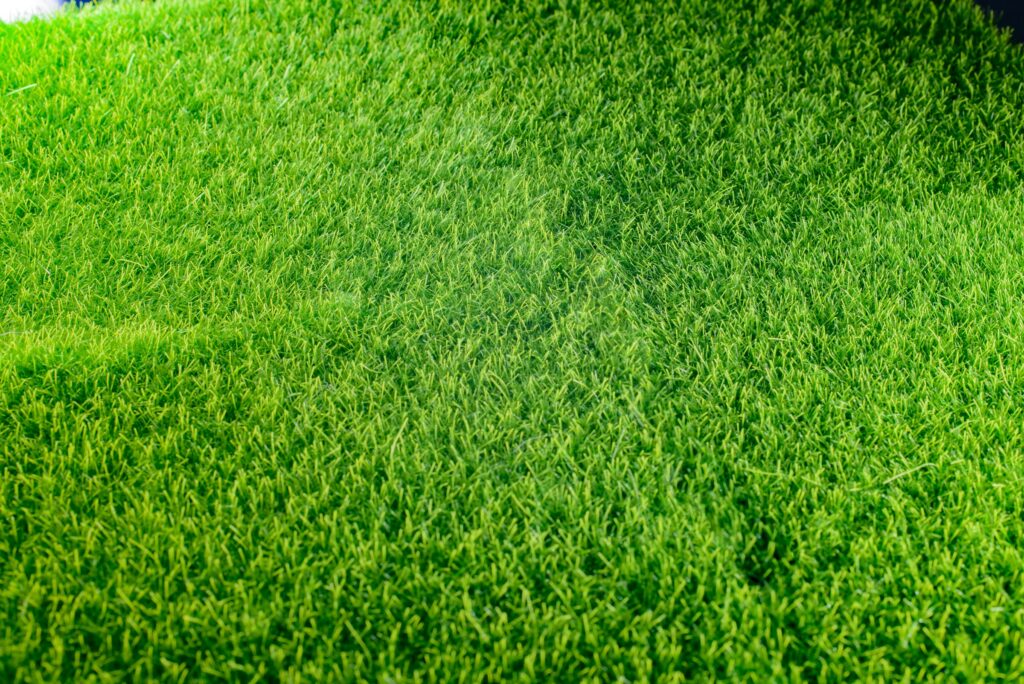In today’s fast-paced world, many homeowners find themselves juggling demanding schedules, leaving little time for extensive yard maintenance. However, that doesn’t mean you have to sacrifice a beautiful and well-kept outdoor space. Designing a low-maintenance landscape can be the key to enjoying your yard without the constant need for upkeep. In this guide, we’ll explore practical tips and creative ideas to help busy homeowners achieve a stunning, hassle-free outdoor environment.

Strategic Plant Selection
The foundation of a low-maintenance landscape begins with thoughtful plant selection. Opt for native plants that are well-suited to your region’s climate and require minimal care. These plants have adapted to the local conditions, making them more resilient and less prone to diseases. Consider incorporating evergreen shrubs and trees, as they provide year-round interest without the need for frequent pruning or cleanup.
Mulching for Moisture Retention
Mulching is a simple yet effective technique to reduce the growth of weeds, retain soil moisture, and regulate soil temperature. A layer of organic mulch around plants not only adds visual appeal but also minimizes the need for constant watering. Choose mulch materials like bark, wood chips, or compost, as they break down over time, enriching the soil and further reducing maintenance requirements.
Smart Irrigation Systems
Save time and water with an efficient irrigation system. Drip irrigation and soaker hoses are excellent options for delivering water directly to the roots of plants, reducing water waste and the growth of weeds. Consider incorporating a timer or smart irrigation controller to automate watering schedules, ensuring your plants receive the right amount of moisture without constant manual effort.
Hardscaping Elements
Integrating hardscaping elements into your landscape not only adds visual interest but also minimizes maintenance needs. Patios, walkways, and decks provide functional spaces for outdoor activities without the ongoing care required for lawns or flower beds. Use low-maintenance materials such as gravel, pavers, or natural stone to create durable and visually appealing hardscape features.
Limit the Lawn Area
Traditional lawns demand significant time and resources for mowing, watering, and fertilizing. Reducing the size of your lawn or replacing it with alternative ground covers can drastically cut down on maintenance efforts. Consider using drought-resistant grass varieties or incorporating artificial turf for a lush appearance without the need for constant care.
Grouping Plants by Watering Needs
When planning your landscape design, group plants with similar water requirements together. This ensures that you can efficiently water specific areas without overwatering or underwatering certain plants. By creating hydrozones, you can customize your irrigation system to meet the needs of each group, promoting water efficiency and reducing maintenance time.
Low-Maintenance Edging
Well-defined borders can enhance the visual appeal of your landscape while minimizing maintenance. Opt for durable edging materials such as concrete, metal, or stone to create clean lines that separate different areas of your yard. This not only reduces the encroachment of grass into flower beds but also provides a neat and polished look with minimal effort.
Container Gardening
For a manageable and movable garden solution, embrace container gardening. Potted plants allow you to control soil conditions, move plants to optimal sunlight, and easily rearrange your outdoor space. Container gardening minimizes weeding, and with the right plant choices, it can offer a stunning and dynamic landscape with less overall maintenance.
Professional Maintenance Services
For truly busy homeowners, investing in professional landscape maintenance services can be a game-changer. A landscape professional can handle routine tasks such as pruning, fertilizing, and pest control, freeing up your time to enjoy your outdoor space without the worry of constant upkeep.
Year-Round Interest
Selecting plants that provide visual interest throughout the seasons ensures your landscape remains appealing without constant adjustments. Incorporate a mix of evergreen and deciduous plants, along with those that bloom at different times of the year. This diversity not only adds aesthetic value but also reduces the need for frequent replanting or seasonal adjustments.
In conclusion, designing a low-maintenance landscape for busy homeowners involves strategic planning, thoughtful plant selection, and the incorporation of time-saving features. By embracing these tips and incorporating them into your landscape design, you can create an outdoor space that enhances your home’s curb appeal without consuming your precious time. A well-designed, low-maintenance landscape allows you to enjoy the beauty of nature without being tied down by constant upkeep, providing a harmonious balance between a busy lifestyle and a thriving outdoor environment.

